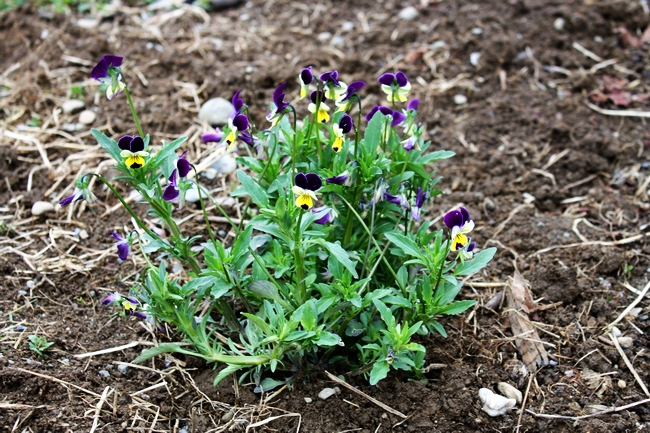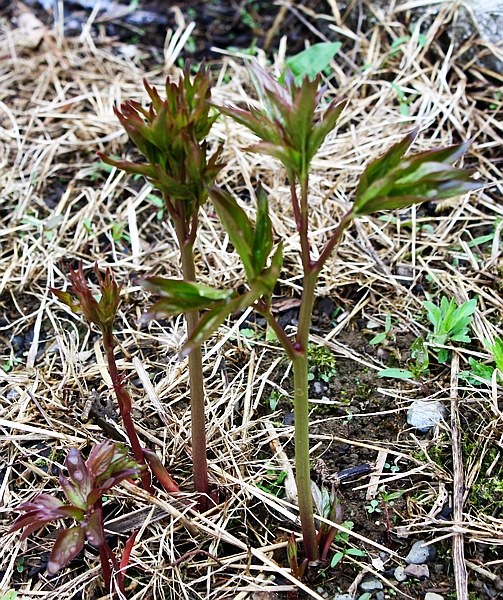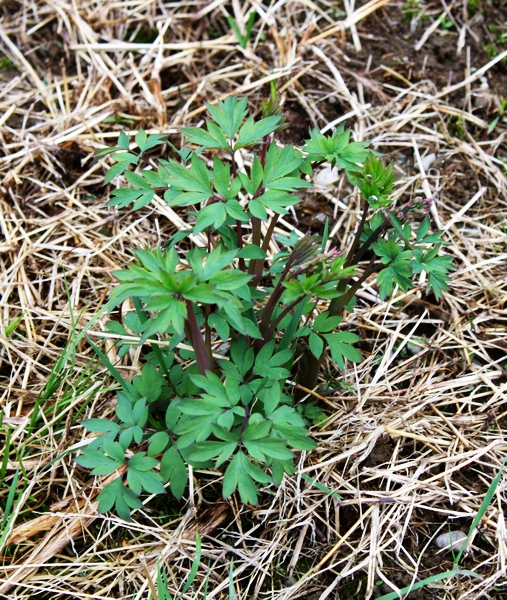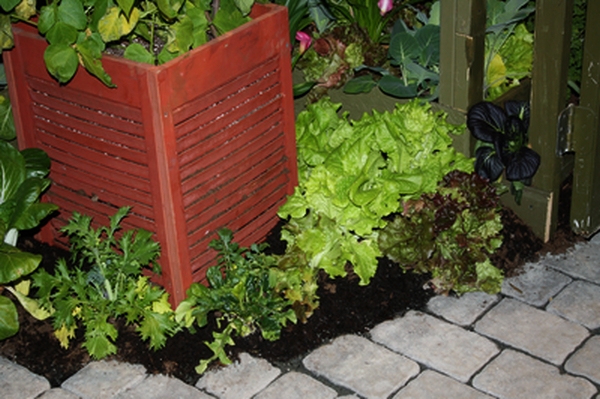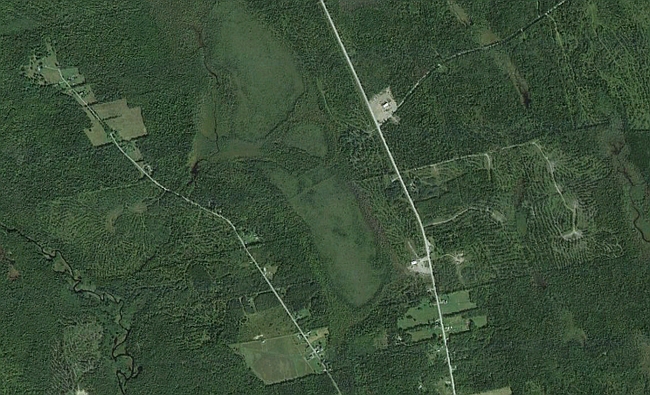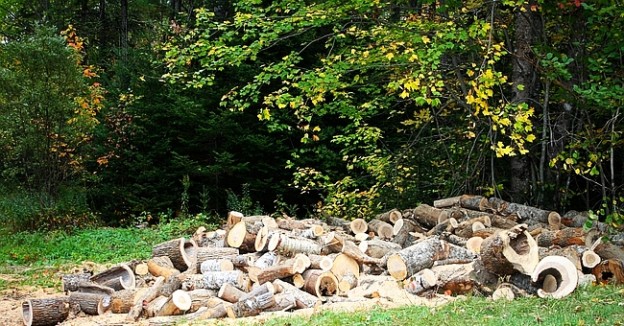Sprucing up the yard
I’m still at it! I’m still sprucing up the yard here and there as I get a little time. This weekend I spent time on the perennial gardens. With the garden rototilled and settling, I turned my attention to the perennial gardens. By the time I finished one of them became an expanded perennial garden with room for annual vegetables and flowers.
There’s so much work in setting up a homestead and making it our own that adding beauty can be lost in the shuffle. As good as it felt to have the garden prepared and ready to plant, working in the flower gardens was rewarding. It’s a small start to all that needs to be done to my new plots (remember that I’ve been here just over a year) but looking out the window this morning and seeing flowers that weren’t there 24 hours ago made me smile. Sprucing up the yard has had a fast return in smiles.
I moved Johnny Jump Ups, a self-seeding annual, to the expanded garden, right by the back porch. It was overcast yesterday when I uprooted the clump and divided them. Soon after I put down the shovel for the day, the sky opened up and poured on the newly transplanted flowers. It’s overcast and drizzling today and for the next two days, perfect weather for transplants to settle in. Before the end of the season I’ll leave a few flowers instead of dead-heading and let them go to seed. Over the years the colors will change as the number of generations grow.
This peony survived transplanting and winter and established its roots well. It will take a few years to grow before it flowers. I divided one plant into three. When they fill in and blossom together they’re be beautiful. When I’m sprucing up the yard next year I’ll probably need to add support for the peonies. Or at least I hope they grow that much in a year.
This bleeding heart has been here for a very long time. It might have been one of the original plants in the perennial garden. It was overgrown, its root a massive, woody, hollow mess. There’s only one thing to do when it’s that bad – break it up with a spade, dig holes, amend the soil and split it up. I might have been a little too harsh. This and one tiny other shoot have come back. This is the original plant. So be it. It didn’t bloom last year and it might not this year but next year, it will be beautiful again. I’ll weed this bed when the rain stops, and I’ll be looking for other plants that might still pop up.
It was nice to find the chives growing. I use a lot of them in cooking, dips and on baked potatoes. I divided the clump, spread them out and will pass one section on to a friend when she visits later this week. I bought an oregano plant at a garden show but I’m not sure it’s going to survive. It’s out there and now I want to see what happens.
I ran out of oomph by the end of the afternoon. These pansies are waiting for me. They’ll be just fine right there for a few days as long as I remember to take them out of the tray.
What’s growing in your perennial gardens? Are you adding annuals to fill space or because you like them?

